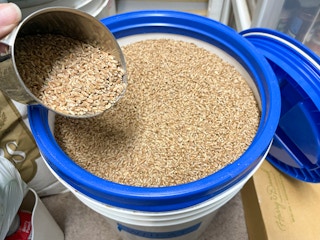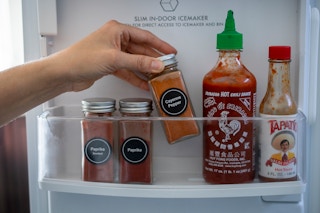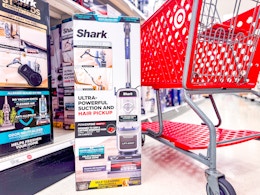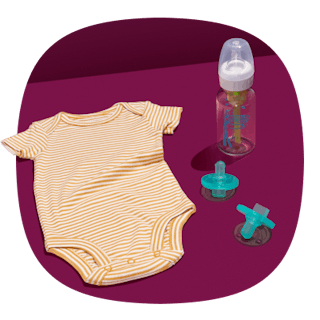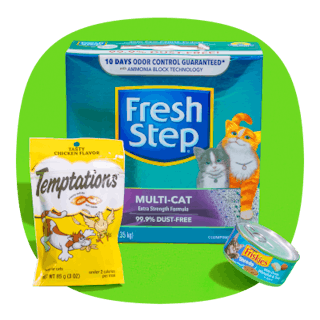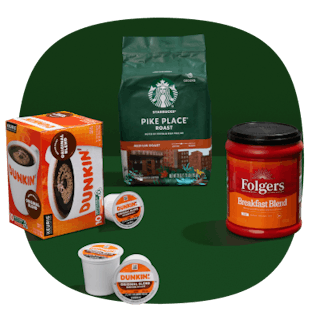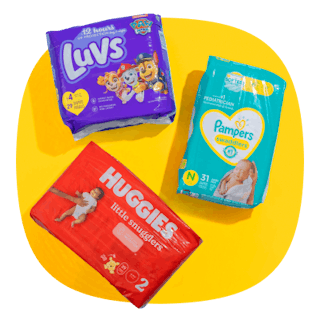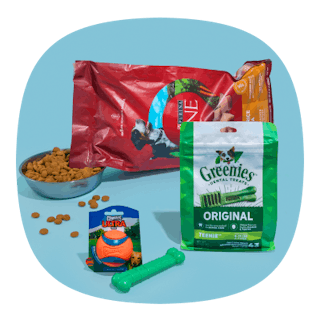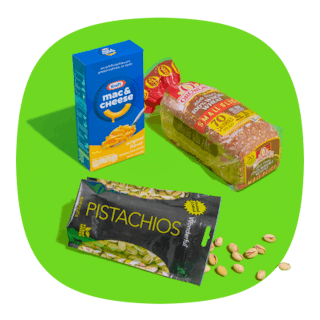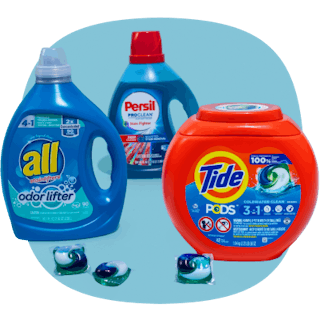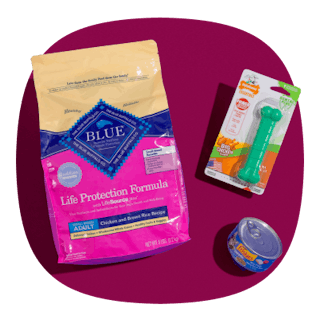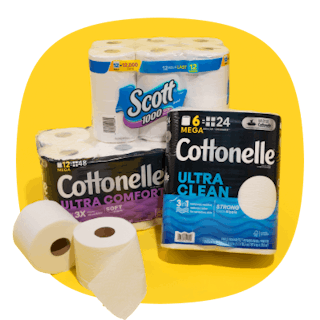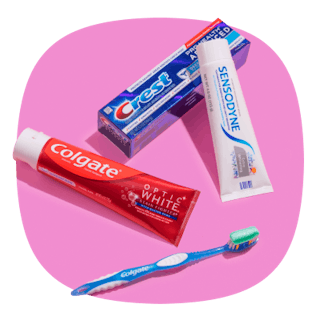It’s not often you can get away with forgetting about an item in your pantry or refrigerator without it expiring. So if you tend to purchase and forget as I do, you can rely on this list of common household items and foods that don’t expire or almost never go bad.
Make a mental note that these items either won’t ever expire or have a shelf-life of more than 10 years (when stored properly in sealed, airtight containers).
But first, start your money and time savings by downloading The Krazy Coupon Lady app to find out where you can get these items at the cheapest prices. Your budget will like these coupons, too:
1. You can freeze pure maple syrup to prolong its shelf life.
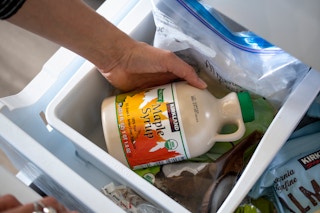
Once opened, store your syrup in the fridge. It’ll still last more than a year.
Related: Want to find Kirkland syrup on sale? You may like our Costco deals .
2. If kept dry, cornstarch can be used indefinitely.
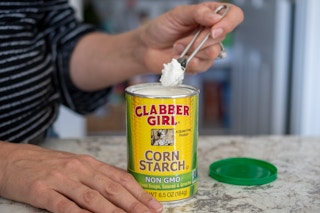
3. Store tea in a cool, dark place and it will never go to waste.
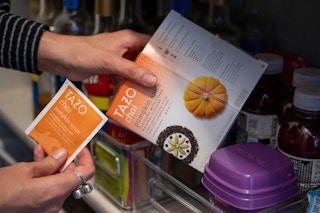
High-quality black and oolong teas can last for years. Pu-erh is a particular black tea that ages well over time and can be stored indefinitely. While you can store teas for years, some for longer, most won't retain the flavor of fresh tea.
4. Instant coffee that’s stored in the freezer won’t expire for decades.
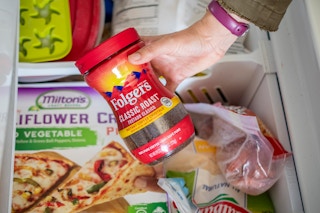
Instead of throwing out your old coffee grounds , use them in your garden.
Related: Save on beans and grounds with these latest coffee coupons .
5. Food coloring doesn’t expire, but the color may change.

Related : We found all the genius baking hacks you’ll love.
6. Pure vanilla extract doesn’t go bad.
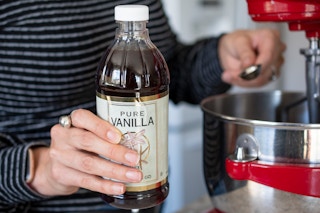
7. Ghee butter won’t go bad for a few years if you keep it away from your stove.

8. Vinegar of all kinds may taste different if kept for years, but it won’t expire.
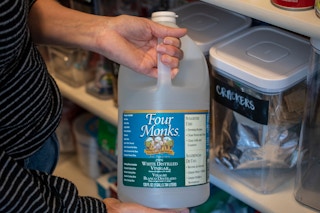
-
Balsamic vinegar can last for unlimited periods, but it’s best to use it within three to four years.
-
Apple cider vinegar is best if used within five years of opening.
-
Red and white wine is guaranteed two years, as is rice vinegar.
-
White vinegar, on the other hand, can always be used for cooking or cleaning.
TIP: Don’t toss old vinegar! Learn these household cleaning tips and make your home sparkle.
9. Vodka and other hard liquors can be enjoyed for years.
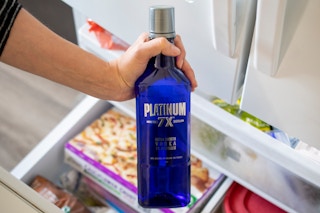
Not cream liqueur, though! Baileys and other Irish creams have a 2-year guarantee but should be taste-tested before being served. To keep the nice crisp taste of cream liqueur, keep it chilled in the refrigerator.
Related: Check out these alcohol coupons before your next celebration.
10. Honey never expires and will last for centuries.

11. Bouillon cubes won’t expire for a decade if you put them in the freezer.
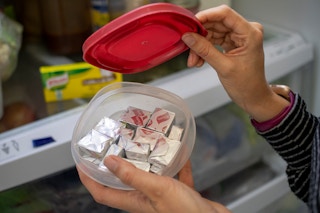
Related: Refresh your supply of airtight containers with these latest storage deals .
12. Soy sauce has indefinite shelf life if kept unopened.
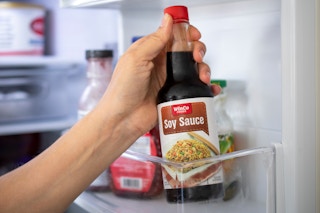
13. Powdered milk will never go bad when you keep it in the freezer.
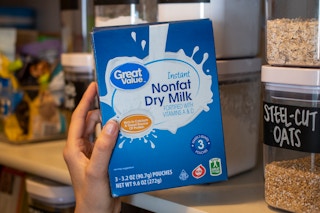
14. Baking soda can be used for cleaning long after its expiration date.
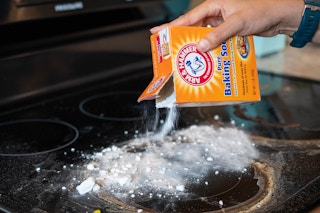
15. Store dried beans in an airtight container for three years or more.
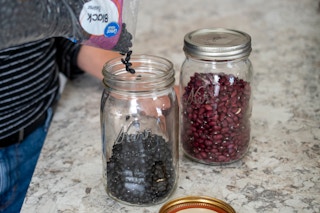
Although we hear about them lasting forever, is it true that dried beans never go bad, like ever? When stored properly in an airtight container, dried beans can last more than three years, but they’re best eaten two to three years after drying. Once they pass that date, they may not be able to soften once soaked and may lose their vitamin benefits.
16. Freeze brown or white rice to extend its shelf life.
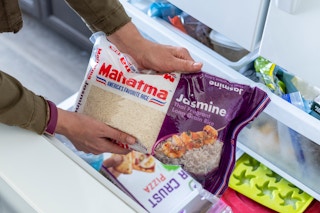
Make sure no moisture gets into the container — this could cause gross and unhealthy bacteria growth.
17. Bottled water will outlast anything in your cupboard, despite the expiration date.

18. High-quality wines will last for years.

As for champagne, expensive bottles can last five to 10 years, while non-vintage bottles last three to four years. Once opened, champagne goes bad after two to four days.
19. Sugar won’t expire as long as it’s protected from moisture.

20. Spices and seasonings stored in cool, dark places won’t expire for years.
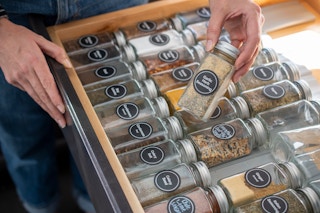
I make it a rule to replace my whole spices every four years, ground spices every three to four years, and leafy herbs every one to two years. Salt, on the other hand, can last forever. But make sure to look for the non-iodized variety or it’ll only last for about five years.
21. Vitamins are safe well beyond their “best by” date.
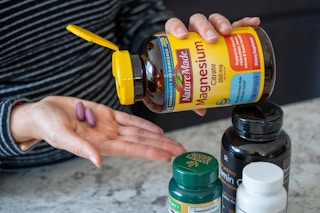
Related: Use these vitamin coupons before stocking up.
22. Buckwheat and hard grains will last for 12 years or more.
